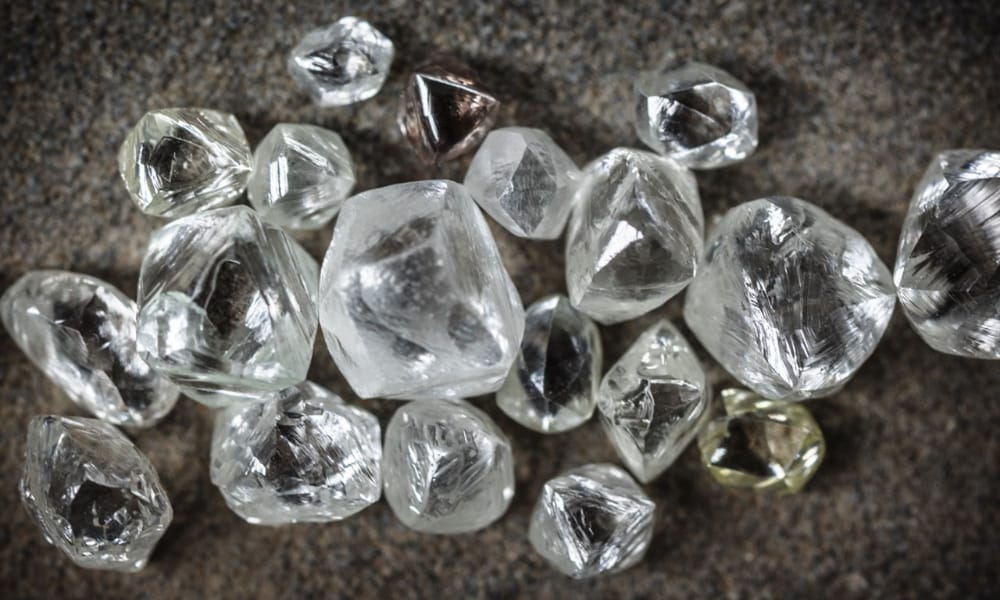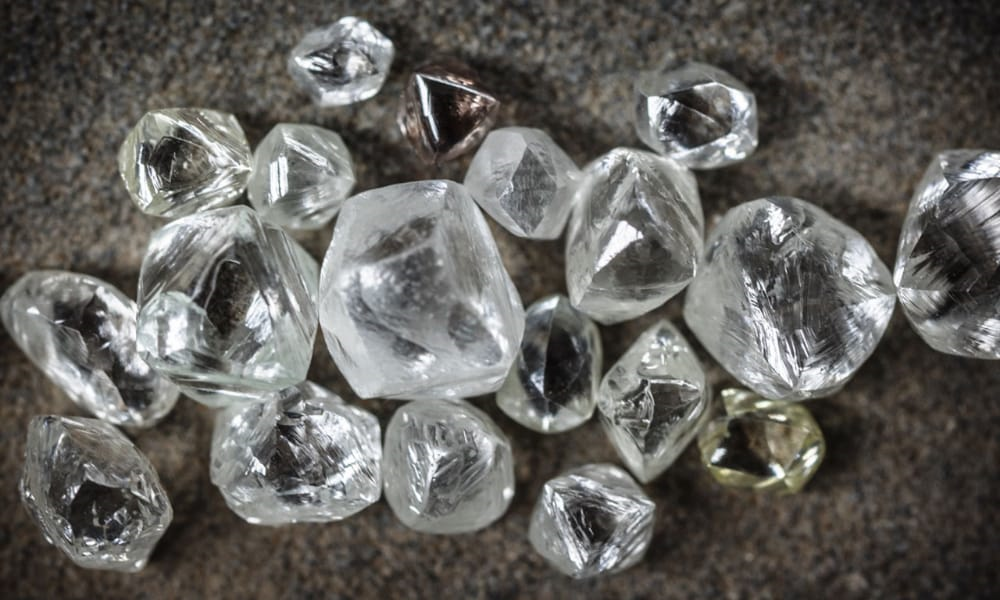Diamonds of Hope
Diamond Exchange Canada's Diamonds of Hope charitable initiative aims to provide food (bags of rice and flour) and medicines to rough diamond miners in areas of Sierra Leone, Ghana and the Democratic Republic of Congo where the rough diamonds are sourced.
Fighting Poverty in Africa
The 2006 movie "Blood Diamond," starring Leonardo DiCaprio, Jennifer Connelly, and Djimon Hounsou, highlighted the issue of 'blood diamonds' or 'conflict diamonds' — gems mined in African war zones to fund armed conflicts. However, the film overlooked the poverty in the depicted African diamond mining communities, particularly in Sierra Leone, Liberia, Angola, and the DRC. Ironically, it exacerbated their situation as North American consumers started shunning African diamonds, concerned they might be 'blood diamonds,' which ultimately did not help the impoverished artisanal diamond miners in Africa.
In August 2006, Diamond Exchange sought to develop a viable concept for sourcing diamonds from African nations, aiming to foster relationships with the communities of diamond miners in Sierra Leone, Liberia, Angola, and the DRC, which had not only suffered terribly in their respective civil wars, but were living in poverty despite the rich resources of their countries.
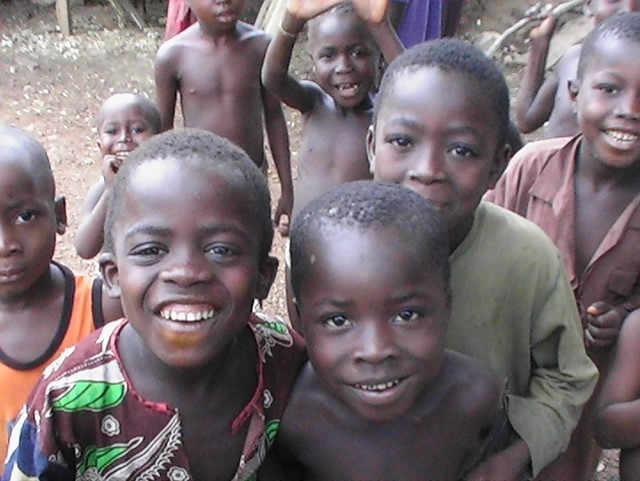
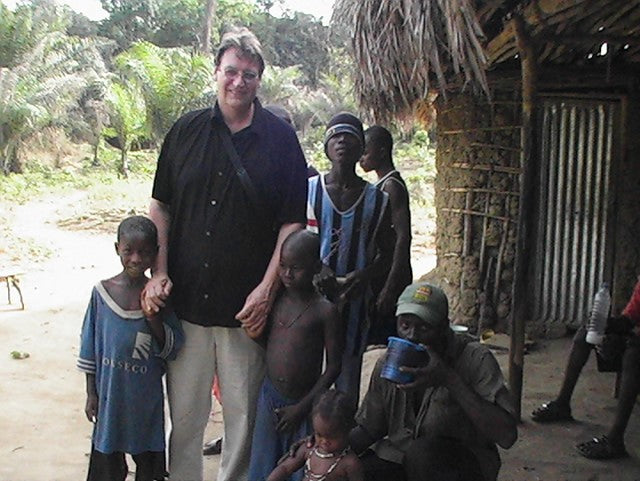
Diamond Exchange Founder, Michael Baumbach, in Sierra Leone.
The goal was to bolster charitable fundraising efforts for health, education, and development in the developing world, especially in resource-rich African nations such as Sierra Leone, Liberia, Angola, and the Democratic Republic of the Congo, which still face poverty challenges after civil-war conflicts.
In 2007, Diamond Exchange Ltd, an associate company of Diamond Exchange Toronto Inc. in Australia, collaborated with the UNICEF Liberia Child Protection Program. The partnership involved Diamond Exchange contributing proceeds from the sales of "Diamond of Hope" jewelry. Concurrently, Diamond Exchange Ltd also provided support to the Starlight Foundation in Australia.
Raising Awareness
In response to diamonds being used to finance conflict, a coalition of governments, NGO's, and the diamond industry formed in 2000 to tackle this issue. By 2002, the Kimberley Process Certification System was established, an initiative backed by the UN that has effectively eradicated the trade in conflict diamonds. Now, over 99% of diamonds come from conflict-free sources.
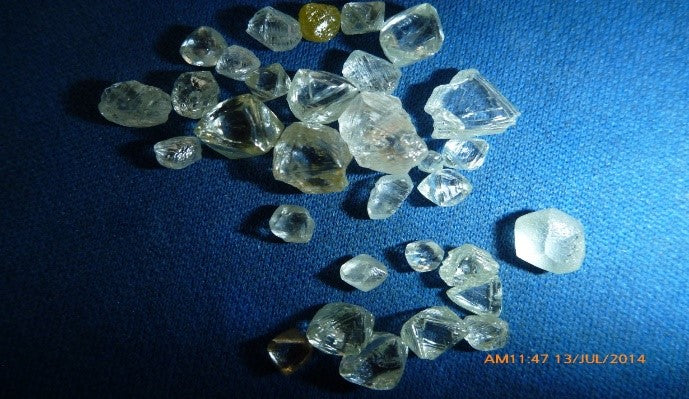
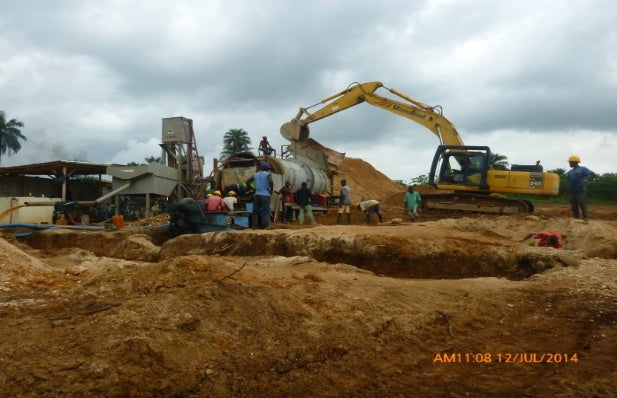
However, most people are still unaware of the significant benefits diamonds provide to people in the countries from which they are sourced. This is particularly evident in Africa.
DiamondFacts.org is dedicated to sharing information on non-conflict diamonds and their contribution to economic development and prosperity in different countries. Here are some key statistical facts they provide:
Diamonds Doing Good
- Revenues from diamonds provide approximately 5 million people worldwide with access to proper healthcare.
- About 65% of the world's diamonds originate from African nations, exporting diamonds valued at approximately $8.5 billion annually, trade that significantly contributes to a more prosperous future for their populations' lives.
- In Botswana, diamond revenues ensure that every child receives free education until the age of 13.
- Diamond-generated revenue is crucial in combating the HIV/AIDS pandemic in Africa.
- Jewelers for Children, a charity, supports a program for community-based care of orphaned children in South Africa.
- The Diamond Development Initiative was created to enhance the working conditions for artisanal miners.
- The diamond industry in India employs about one million people.
- The diamond industry supports an estimated 10 million people globally, either directly or indirectly.




